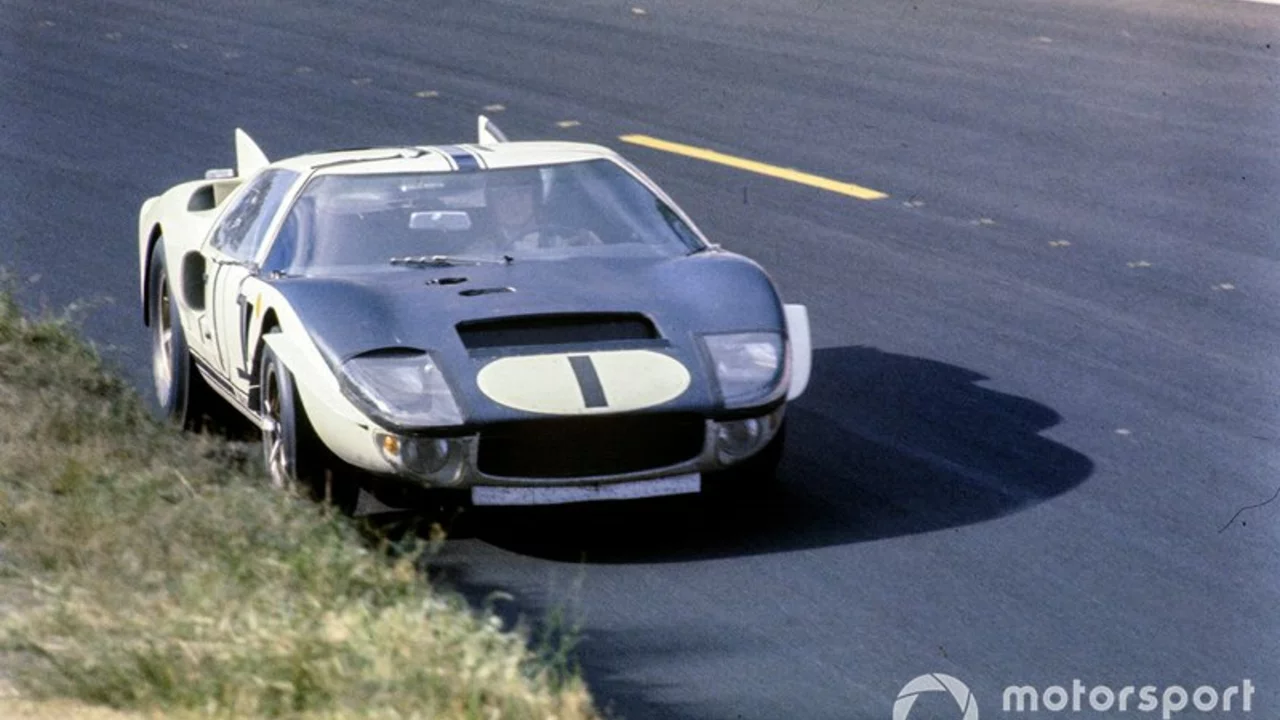July 2023 Motorsport Archive – What You Missed This Month
Welcome back, speed fans! July brought three bite‑size posts that cut straight to the core of racing questions. Whether you’re curious about the forces that push drivers back in their seats, a historic Le Mans showdown, or why IndyCar never went worldwide, we’ve got you covered. Let’s break it down so you can drop that knowledge at the next track meet.
Racing Basics & History: G‑Forces and Ken Miles’ Le Mans Story
First up, the letter "G" in racing isn’t a secret code – it’s plain old gravity. When a car accelerates, brakes, or turns, the driver feels extra force measured in G‑units. One G is what you feel standing still. Two G’s feel like you’re twice as heavy, and elite racers can regularly hit three or four G’s. Those forces test a driver’s stamina, reaction time, and even the car’s grip. Knowing how G‑forces work helps drivers train smarter and engineers design better chassis.
Next, the 1966 Le Mans drama starring Ken Miles. He crossed the finish line first, but a quirky rule counted total distance covered instead of who crossed first. Ford wanted a photo finish with three cars side‑by‑side, so they staged a staggered finish that cost Miles the win on paper. Technically he was second, despite being the fastest. The story still sparks heated debates among classic‑car fans, and it shows how a rulebook can rewrite history.
Why IndyCar Stays US‑Focused While Formula 1 Goes Global
Now onto IndyCar. You might wonder why it never became a worldwide brand like Formula 1. The biggest reason is geography – IndyCar’s schedule is packed with U.S. oval tracks, street circuits, and a few road courses. Those ovals are a uniquely American spectacle that doesn’t translate well overseas. Meanwhile, F1 spends hundreds of millions on global marketing, building a presence in Europe, Asia, and the Middle East.
Technical regulations also play a role. IndyCar uses a more cost‑controlled formula, which keeps the cars simpler and cheaper but less exotic than F1’s high‑tech machines. Fans who love cutting‑edge aerodynamics tend to gravitate toward F1, leaving IndyCar with a niche audience that values close racing over tech bragging rights.
Lastly, the branding push matters. F1 has iconic teams, drivers, and a long‑standing championship narrative that sells worldwide. IndyCar’s story is more regional, tied to the heritage of the Indianapolis 500. That doesn’t make it any less exciting, just less suited to a global rollout.
So, whether you’re measuring G‑forces, re‑watching the 1966 Le Mans finish, or comparing IndyCar’s home‑grown charm to F1’s global empire, July gave us clear, concise takes on each topic. Got a question or a personal racing story? Drop a comment below – we love hearing from fellow gearheads.
Stay tuned for August, where we’ll dive into the latest race results and upcoming events across the UK motorsport calendar. Until then, keep the engines running and the curiosity high.
What does G mean in racing?
In the world of racing, 'G' stands for gravity. It's a measurement used to describe the forces that drivers experience when they speed up, slow down, or turn in their cars. High G-forces can make it feel as though a driver's weight has multiplied, which can be both exhilarating and physically challenging. To be a successful racer, understanding and adapting to these forces is crucial. It's fascinating stuff and gives you a real appreciation for what racers go through on the track.
Did Ken Miles lose Le Mans?
In the controversial 1966 Le Mans race, Ken Miles did technically lose, but not because of his performance. Despite crossing the finish line first, he was declared second due to a rule that counted the total distance covered. Ford, in a bid to achieve a photo finish with their three cars, inadvertently cost Miles the win. It's a topic of heated debate even today in racing circles. Essentially, Miles was the fastest, but due to a technicality, he didn't take home the trophy.
Why has IndyCar never gone global like Formula 1?
In my exploration of why IndyCar has not achieved global recognition like Formula 1, several factors emerge. Firstly, IndyCar is predominantly focused on American circuits, with a unique blend of oval, road, and street courses that don't appeal to international audiences as much. Second, Formula 1's aggressive marketing and branding strategies have given it a significant edge and international appeal. Furthermore, the technical differences and regulations between the two make IndyCar less appealing to global viewers who prefer the technology-driven nature of Formula 1. Lastly, the level of competition and the iconic status of Formula 1 teams and drivers has also contributed to its global dominance over IndyCar.


